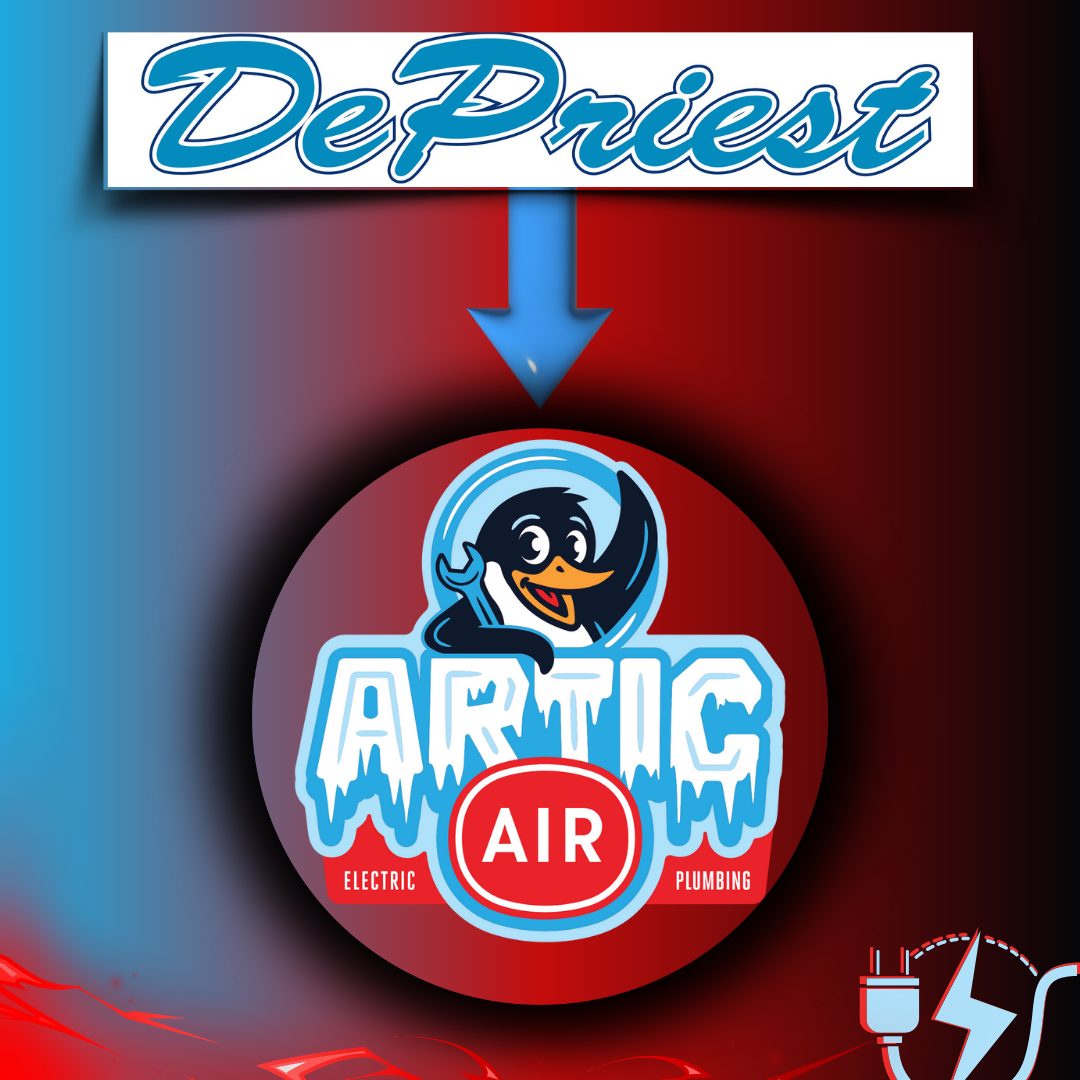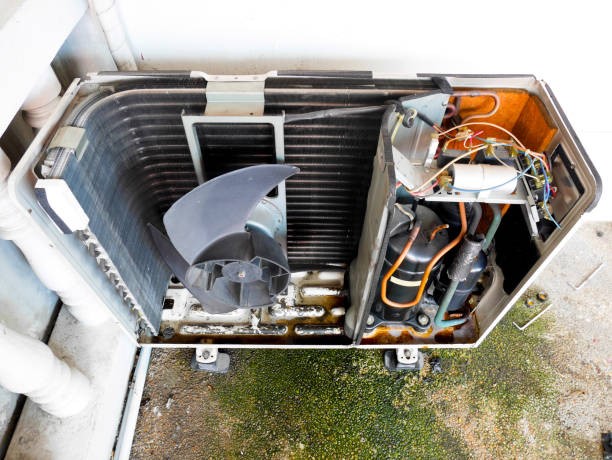Thermostats are essential for maintaining a comfortable and energy-efficient home environment. Modern programmable and smart thermostats come with various features to enhance their functionality, one of which is recovery mode. If you’ve seen your thermostat display “recovery mode” and wondered what it means, you’re not alone. In this blog, we’ll explain what recovery mode is, how it works, and why it’s beneficial for your home’s heating and cooling system.
What Is Recovery Mode?
Recovery mode is a feature found in many programmable and smart thermostats. It helps your HVAC system transition from an energy-saving temperature to your desired comfort temperature efficiently and effectively. The thermostat “recovers” the temperature by gradually adjusting the heating or cooling, ensuring that your home reaches the desired temperature at the scheduled time.
How Does Recovery Mode Work?
Recovery mode is activated when your thermostat is programmed to a specific schedule. For example, you might set the thermostat to lower the temperature while you’re at work and raise it before you return home. Recovery mode kicks in before the scheduled time to ensure the desired temperature is reached when you need it. Here’s how it works:
- Assessment of Current Temperature: The thermostat evaluates the current indoor temperature.
- Calculation of Time Needed: It calculates the time needed to reach the desired temperature based on the difference between the current and target temperatures.
- Gradual Adjustment: The thermostat gradually adjusts the HVAC system, avoiding sudden temperature changes that can waste energy and reduce system efficiency.
Benefits of Recovery Mode
- Enhanced Comfort
Recovery mode ensures that your home is at the perfect temperature when you arrive or wake up, enhancing your overall comfort without the need for manual adjustments.
- Energy Efficiency
By gradually adjusting the temperature, recovery mode helps your HVAC system operate more efficiently. This can reduce energy consumption and lower your utility bills.
- Reduced Wear and Tear
Gradual temperature changes put less strain on your HVAC system compared to sudden adjustments. This can extend the lifespan of your system and reduce the need for frequent repairs.
Common Questions About Recovery Mode
- Why Is My Thermostat in Recovery Mode?
Your thermostat enters recovery mode to ensure the indoor temperature reaches the programmed setting by the scheduled time. It’s a normal part of its operation and indicates that the system is working to provide optimal comfort.
- How Long Does Recovery Mode Last?
The duration of recovery mode depends on the difference between the current and desired temperatures, as well as the efficiency of your HVAC system. It usually lasts until the set temperature is achieved.
- Can I Disable Recovery Mode?
While it’s possible to disable recovery mode on some thermostats, it’s generally not recommended. Recovery mode is designed to improve comfort and energy efficiency, so disabling it may lead to higher energy costs and less optimal temperature control.
Tips for Maximizing the Benefits of Recovery Mode
- Set a Realistic Schedule
Program your thermostat with realistic temperature settings and schedules that match your daily routine. This allows recovery mode to function effectively.
- Maintain Your HVAC System
Regular maintenance of your HVAC system ensures it operates efficiently, enhancing the effectiveness of recovery mode. Schedule regular check-ups and replace air filters as needed.
- Use a Smart Thermostat
Consider upgrading to a smart thermostat if you haven’t already. Smart thermostats offer advanced features, including learning your schedule and preferences, which can further optimize recovery mode and energy savings.
Recovery mode is a valuable feature in modern thermostats that helps optimize comfort and energy efficiency. By understanding how it works and leveraging its benefits, you can ensure a more comfortable home environment while saving on energy costs. Embrace this technology to make the most of your HVAC system and enjoy a consistently pleasant indoor climate.


